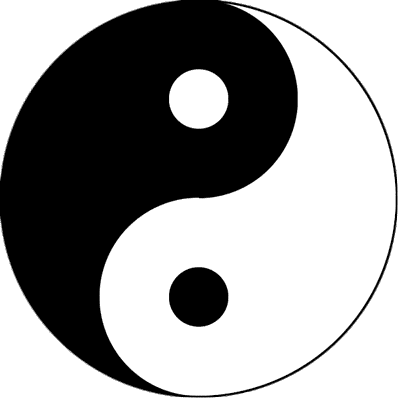Acupuncture Treatment for Seasonal Pathogens and Organ Imbalances
When pathogenic Qi invades the lungs (Fei Zang, 肺脏, fèi zàng), it leads to symptoms such as skin pain, chills and fever, reversed flow of Qi causing shortness of breath, sweating, and a cough that radiates pain to the shoulders and back. For treatment, acupuncture should target the Zhong Fu (中府, zhōng fǔ) and Yun Men (云门, yún mén) points located on the upper sides of the chest, as well as the lung acupoints beside the third vertebra of the back. When needling, begin by pressing the area with your hand to assess the patient’s comfort—once the patient feels some relief, proceed with inserting the needle at that location. Simultaneously, you may needle the Que Pen (缺盆, quē pén) to help expel the harmful Qi from the lungs upwards.
When pathogenic Qi invades the liver (Gan Zang, 肝脏, gān zàng), it results in pain in the sides of the body (Liang Xie, 两胁, liǎng xié), a sensation of cold in the middle, blood stagnation, and pain that radiates through the joints during movement. This condition may also be accompanied by swelling in the feet. The treatment approach involves needling the Xing Jian (行间, xíng jiān) point to disperse the stagnant Qi in the ribs, and needling the Zu San Li (足三里, zú sān lǐ) to warm the stomach. Additionally, for blood stasis, you can use needling techniques to expel the stagnated blood. Also, the Qing Luo (青络, qīng luò) point, located behind the ear, can be used to alleviate the pulling pain.
When pathogenic Qi invades the spleen and stomach (Pi Wei, 脾胃, pí wèi), muscle pain may occur, and symptoms such as excessive hunger, abdominal discomfort, or diarrhea may arise depending on the balance between excess Yang and deficient Yin. If there is an excess of Yang and deficiency of Yin, there will be internal heat leading to hunger. If Yin is excessive and Yang is deficient, cold sensations, abdominal rumbling, and pain will appear. In either case, the San Li (三里, sān lǐ) point should be needled to restore balance.
When pathogenic Qi invades the kidneys (Shen Zang, 肾脏, shèn zàng), it can cause bone pain and what is referred to as Yin Bi (阴痹, yīn bì), a condition where pain is felt in the body but is not palpable to touch. Symptoms include abdominal bloating, lower back pain, difficulty with bowel movements, and pain in the shoulders, back, neck, and head, often accompanied by dizziness. Treatment should focus on the Yong Quan (涌泉, yǒng quán) and Kun Lun (昆仑, kūn lún) points. In cases where blood stasis is present, needling should be used to expel the stagnated blood.
When pathogenic Qi invades the heart (Xin Zang, 心脏, xīn zàng), it can lead to chest pain, emotional distress such as frequent sadness, and dizziness, causing the patient to faint or fall. The diagnosis should first identify whether the condition is more related to deficiency or excess, and treatment should then focus on the corresponding acupoints along the heart meridian.
